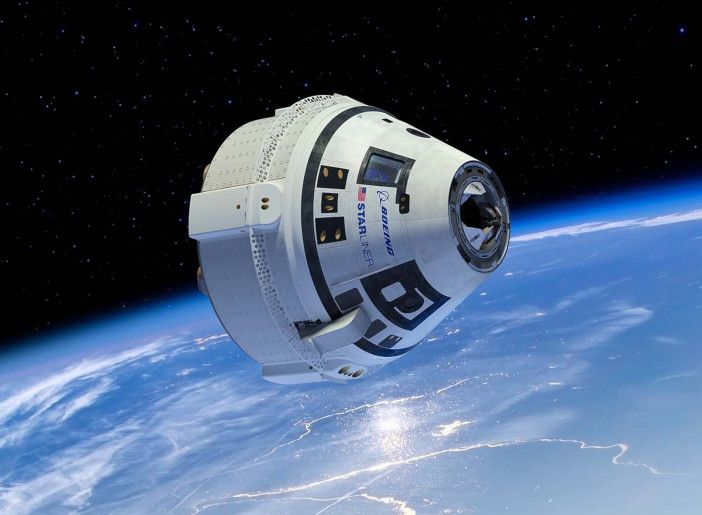Boeing’s CST-100 Starliner propulsion system has been successfully put to the test at NASA’s White Sands Test Facility in New Mexico.
Engineering teams have run multiple tests to prove the vehicle’s in-space maneuvering system and its launch abort system.
The test used a flight-like Starliner service module with a full propulsion system, comprising of fuel and helium tanks, reaction control system and orbital maneuvering and attitude control thrusters, launch abort engines and all necessary fuel lines and avionics.
During the test thrusters fired to simulate in-space maneuvers: 12 thrusters fired to simulate a high-altitude abort and 22 propulsion elements, including the launch abort engines, fired to simulate a low-altitude abort.
John Mulholland, vice president and program manager of Boeing’s Commercial Crew Program, said “With the safety of our astronauts at the forefront of all we do, this successful testing proves this system will work correctly and keep Starliner and the crew safe through all phases of flight.
“The milestone paves the way for the upcoming pad abort test and flights to and from the International Space Station later this year.”
The development of a safe, reliable and cost-effective solution for crew transportation services to and from the International Space Station will allow the on-orbit research facility to continue to fulfill its promise as a world-class laboratory. With NASA as the anchor customer, Boeing’s Starliner is setting the foundation for commercial passenger flights to and from low-Earth orbit destinations to include international astronauts, scientists and even tourists.





